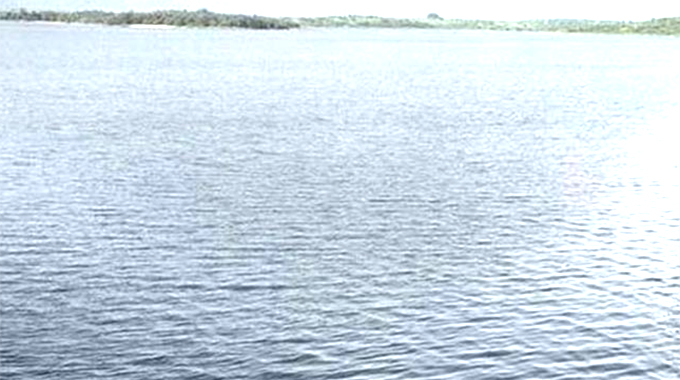Lake Mutirikwi in historic spill

George Maponga
Masvingo Bureau
Lake Mutirikwi, Zimbabwe’s second largest inland water body, on Saturday morning spilled for the first time in 15 years, in a major boost for the country’s plans to create a vast greenbelt in the Lowveld to enhance food security.
The 1,378 million cubic metres capacity reservoir spilled for the first time since 2008 following incessant rains that have been pounding its catchment.
Lake Mutirikwi, which was built in 1960 and covers about 90 square kilometres, is only second in size to Tugwi-Mukosi, a few kilometres to its south, which has a capacity of 1,8 billion cubic metres of water.
Its main tributaries are Pokoteke, Mutirikwi and Shakashe rivers and for years, the dam has been the lifeblood of cane plantations in the Lowveld.
The advent of Tugwi-Mukosi to add irritation impetus in the Lowveld meant Lake Mutirikwi’s water was now mainly for Masvingo City’s supplies and opening of additional greenbelts.
Already, Government is in the process of developing the Mutirikwi greenbelt that will straddle 4 000 hectares starting from an area around Mutimurefu Prison to Roy Business Centre, further east.
The mooted Lowveld greenbelt also predicated on Lake Mutirikwi’s water which no longer needs to supply existing cane fields in Chiredzi and Triangle because Tugwi-Mukosi water is now taking care of that business, together with other small dams like Bangala.
Zinwa manager for Runde Catchment Area, Engineer William Tsvuura, said the spilling of Lake Mutirikwi was good news for irrigation expansion in the Lowveld.
“The spilling of the dam is good news and has positive implications,” said Eng Tsvuura.
“It means there will be more water to be impounded for irrigation use for many years to come and the planned Masvingo greenbelt and other expansions in the Lowveld will be boosted by availability of abundant irrigation water in Lake Mutirikwi.”
Eng Tsvuura said the spilling of Lake Mutirikwi meant excess water will flow into Bangala Dam downstream.
“The water that is spilling from Lake Mutirikwi is not getting lost, but will flow into Bangala, which irrigates cane fields in the Lowveld, so this is a very welcome development,” he said.
Eng Tsvuura said Government planned to develop a greenbelt in the Lowveld to make Masvingo and Zimbabwe in general food secure in line with Vision 2030.
He said the plan had been boosted by the spilling of Lake Mutirikwi.
“Besides irrigation, the spilling of Lake Mutirikwi also means Masvingo City will have water security for the foreseeable future,” said Eng Tsvuura.
Masvingo City has been expanding, with council mulling a US$70 million phase 2 water upgrade project that seeks to ramp up daily supply from about 30 to nearly 60 megalitres.
This will end erratic water supply in a city with an estimated population of 100 000 which, however, faces daily water supply glitches because of constrained pumping, purification, conveyancing and storage capacity.
It is irrigation development in the Lowveld where Lake Mutirikwi will add traction to Government’s plans to develop nearly 200 000ha to grow sugar cane, lucerne grass and citrus fruits under the Integrated Lowveld Irrigation Development Project.
This project entails harnessing water from Lake Mutirikwi, Tugwi-Mukosi and the planned Runde-Tende Dam to irrigate vast swathes of land from Rutenga to the west to Chikombedzi in the south east.
This will position the Lowveld as Zimbabwe’s breadbasket with agro-processing firms billed to headline new investments expected to constitute a conurbation stretching from Chiredzi Town to Rutenga growth point.








Comments